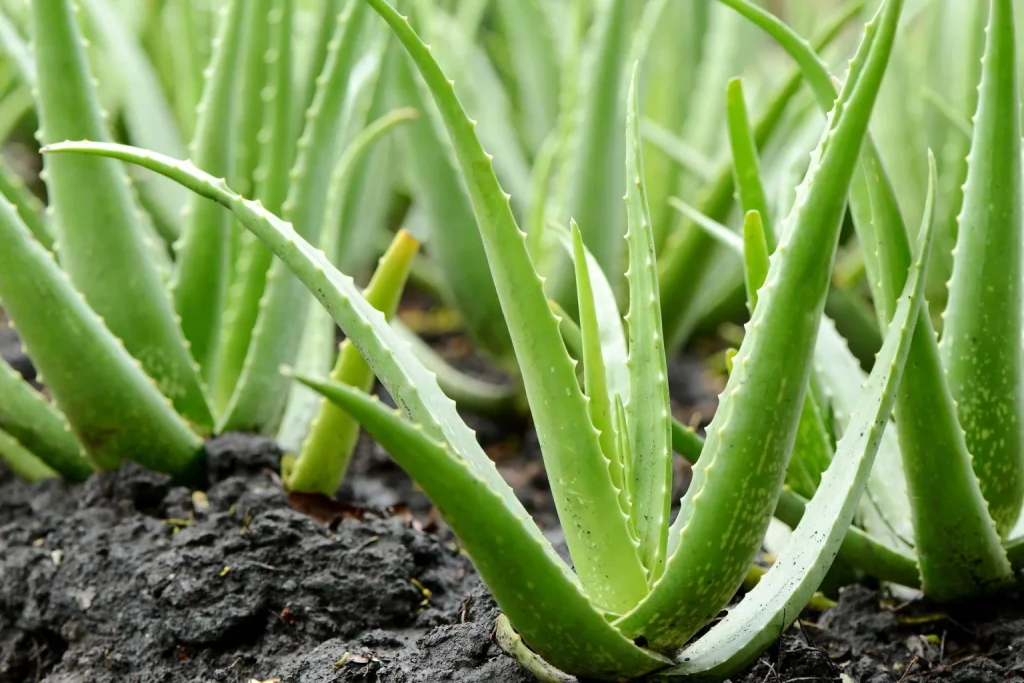Utah, with its landscapes ranging from deserts to mountains, presents a unique and delicate planting zone that requires careful consideration and management to sustain life in harmony. The state’s intricate ecological balance is a result of the interplay between climate, geography, and plant species, making it a fascinating study in coexistence. Utah’s planting zone is characterized by its varying elevations, which lead to diverse microclimates and ecosystems. From the arid desert regions of the south to the alpine meadows in the north, the state spans multiple hardiness zones, each with its own set of challenges and opportunities for plant life. This diversity creates an intricate web of plant communities, each adapted to the specific conditions of its zone. In the arid southern regions of Utah, where water is scarce and temperatures can be extreme, plant life has evolved to be resilient and efficient in water usage. Xerophytic plants like sagebrush and prickly pear cacti thrive in these areas, displaying adaptations such as reduced leaf surface area and water-storing tissues.
 These plants play a crucial role in stabilizing soil and preventing erosion in the desert environment. Moving northward into the higher elevations, Utah’s mountainous regions offer a cooler and more hospitable climate for a different range of flora. Coniferous forests dominate the landscape, with pine, spruce, and fir trees creating habitats for various wildlife species. These forests also act as watersheds, capturing and releasing water gradually, which is essential for maintaining a steady flow in rivers and sustaining downstream ecosystems. One of the key challenges in sustaining life in Utah’s planting zones is the increasing pressure of human activity. Urbanization, agriculture, and recreational activities can disrupt the delicate balance of these ecosystems. Invasive plant species introduced through human actions can outcompete native plants, disrupting the natural order and potentially harming local wildlife that depend on native flora for food and shelter. To ensure the harmonious coexistence of plant life in Utah’s planting zones, conservation efforts and sustainable practices are crucial.
These plants play a crucial role in stabilizing soil and preventing erosion in the desert environment. Moving northward into the higher elevations, Utah’s mountainous regions offer a cooler and more hospitable climate for a different range of flora. Coniferous forests dominate the landscape, with pine, spruce, and fir trees creating habitats for various wildlife species. These forests also act as watersheds, capturing and releasing water gradually, which is essential for maintaining a steady flow in rivers and sustaining downstream ecosystems. One of the key challenges in sustaining life in Utah’s planting zones is the increasing pressure of human activity. Urbanization, agriculture, and recreational activities can disrupt the delicate balance of these ecosystems. Invasive plant species introduced through human actions can outcompete native plants, disrupting the natural order and potentially harming local wildlife that depend on native flora for food and shelter. To ensure the harmonious coexistence of plant life in Utah’s planting zones, conservation efforts and sustainable practices are crucial.
Water management is of paramount importance, given the arid nature of the state. Efficient irrigation systems, drought-resistant landscaping, and responsible water usage are essential for preserving water resources and supporting native plant communities. Furthermore, education plays a vital role in raising awareness about the delicate balance of Utah’s planting zones. By imparting knowledge about the importance of native plants, the risks posed by invasive species, and the overall significance of maintaining biodiversity, individuals can make informed choices that contribute to the health of the ecosystems. Utah’s planting zone showcases the intricacies of nature’s balance, as it navigates the challenges posed by varying elevations, climatic conditions, and human activities. The state’s diverse landscapes, from deserts to mountains, house unique plant communities that have adapted to their respective environments. Sustaining life in harmony within planting zones utah requires a multi-faceted approach, including water conservation, responsible land management, and public education. As we continue to learn from and appreciate the delicate balance of Utah’s planting zone, we can work towards ensuring the preservation of its rich biodiversity for generations to come.